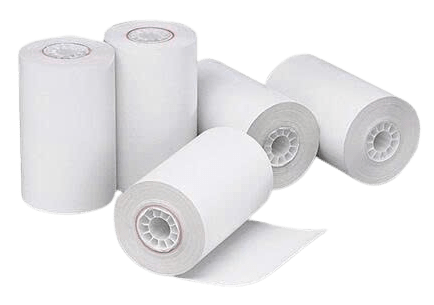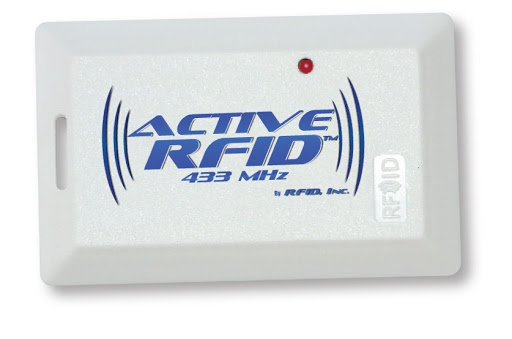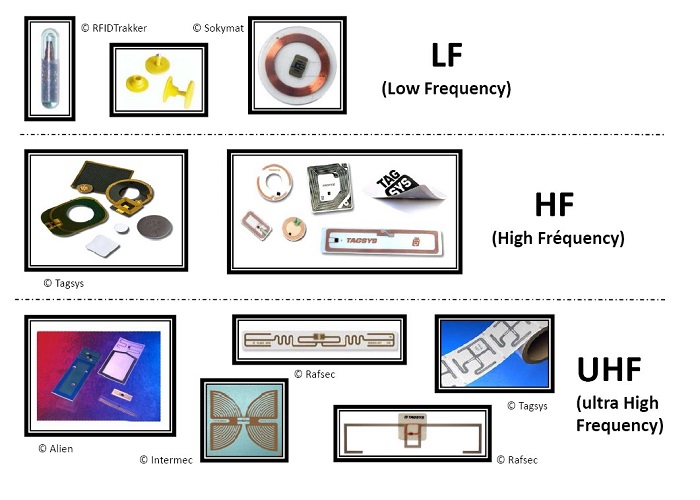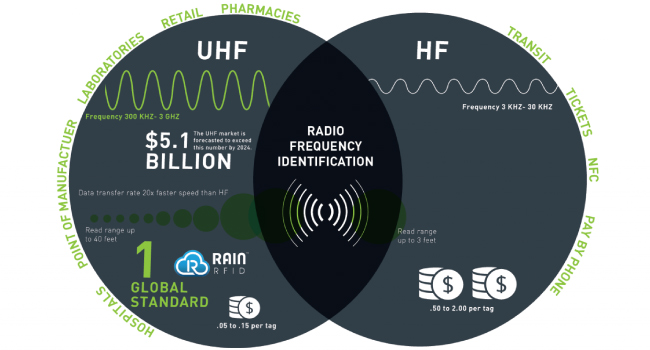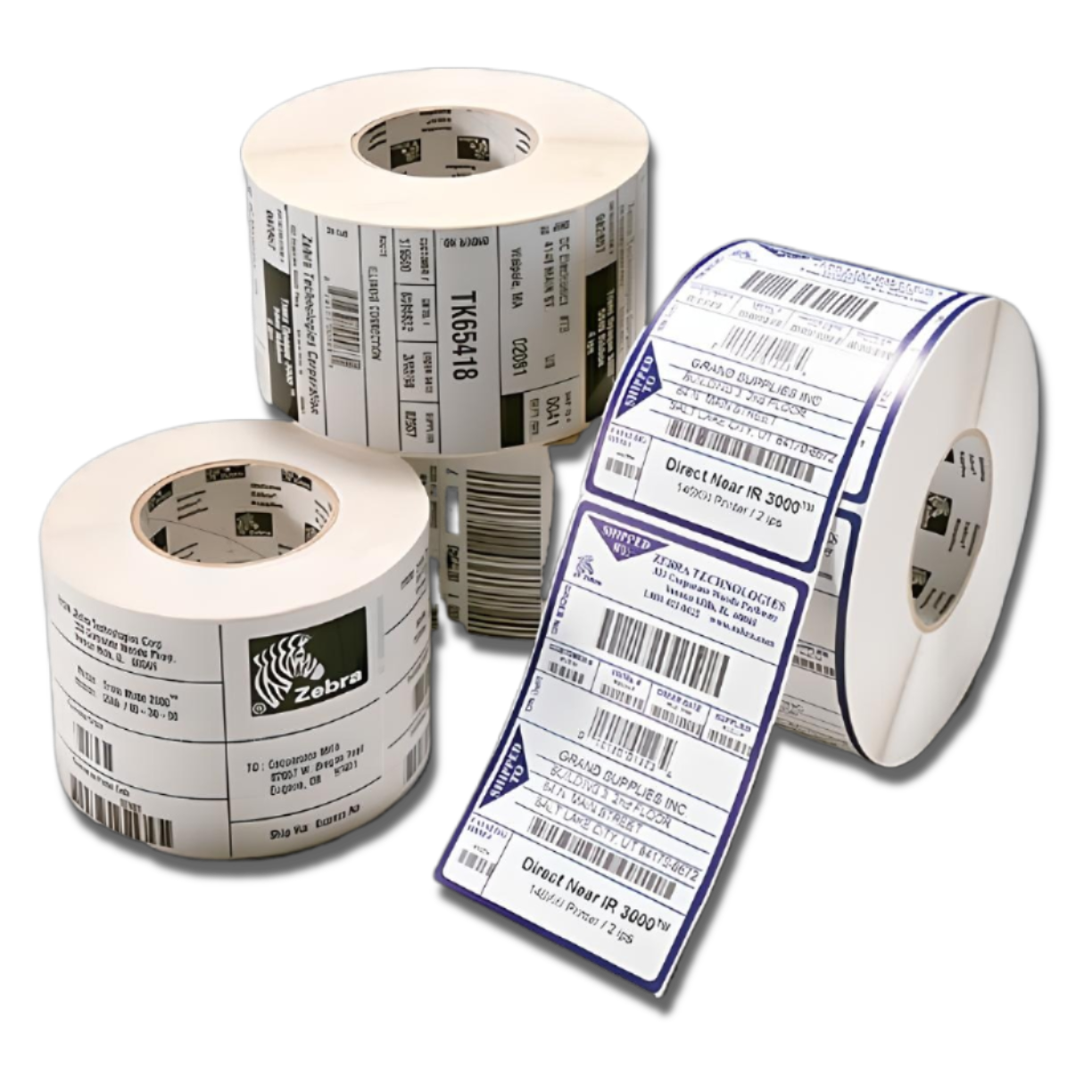
Choosing the right RFID technology for your business depends on many factors, including:
Specific needs: Clearly define the purpose of using RFID for management. Does the business need to track assets, manage inventory, control access, or apply for other purposes?
Operating Environment: The operating environment affects the type of RFID tag and antenna that is suitable. For example, environments with high humidity or lots of metal can affect the read range of the tag.
Budget: The cost of RFID systems can vary depending on the needs and suppliers. Businesses need to consider the available budget to choose the right solution.
Compatibility: The RFID system needs to be compatible with the business's existing management software.
Data Security: Businesses need to ensure that the RFID system they choose has appropriate data security measures in place.

Steps to choosing the right RFID technology for your business
- Determine the need: Clearly define the purpose of RFID use, the types of assets to be tracked, the operating environment, and the budget.
- Research: Learn about different types of RFID tags, antennas, readers, and management software.
- Vendor Selection: Consult with reputable RFID vendors for advice on suitable solutions.
- Testing: Test the RFID system before large-scale deployment.
- Training: Train employees on how to use the RFID system.
Note the following points when choosing RFID technology
- Choose a reputable and experienced supplier in the RFID field.
- Ensure that the RFID system is scalable to meet the future growth needs of the business.
- Have a regular RFID system maintenance and servicing plan.
Choosing the right RFID technology can help businesses save costs and improve management efficiency. Businesses need to take the time to research and choose the solution that suits their needs and budget.
There are two main types of RFID tags
Passive RFID tags:
- No separate power source.
- Receive power from RFID reader to activate and transmit data.
- Has a shorter read range than active RFID tags.
- Cheaper than active RFID tags.
Active RFID tags:
- Has its own power source, usually a battery.
- Can transmit data to RFID reader without activation.
- Has a longer read range than passive RFID tags.
- More expensive than passive RFID tags.
There are three main types of RFID systems
Low Frequency (LF):
- Operates in the frequency range from 30 kHz to 500 kHz.
- Short read range (about a few inches).
- Often used for applications such as access control and asset tracking.
High Frequency (HF):
- Operates in the frequency range of 3 MHz to 30 MHz.
- Medium read range (about a few feet).
- Commonly used for applications such as card payments and identification cards.
Ultra High Frequency (UHF):
- Operates in the frequency range from 300 MHz to 3 GHz.
- Long read range (several hundred feet).
- Often used for applications such as supply chain and warehouse management.
There are also other types of RFID systems, such as microwave RFID systems. Microwave systems operate at higher frequencies than UHF systems and can have a read range of up to several miles.
The type of RFID system suitable for a particular application will depend on a number of factors, such as desired read range, operating environment, and budget.






